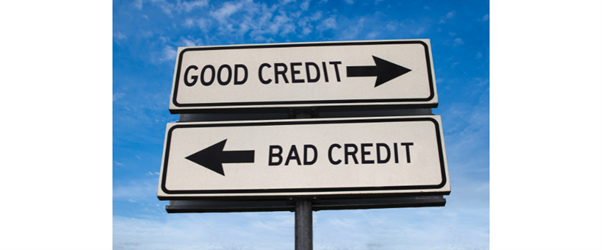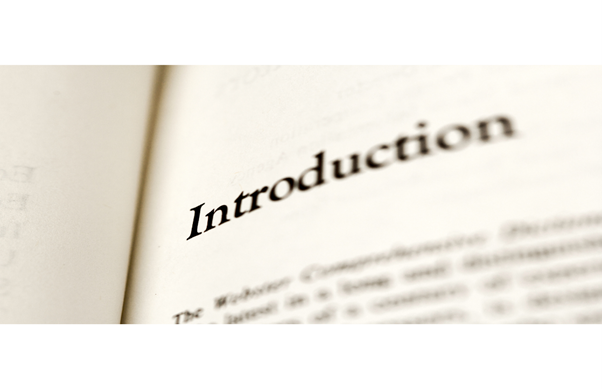Introduction
In today’s world, debt has become integral to our lives. Whether for pursuing higher education, purchasing a home, or starting a business, borrowing money has become common. However, not all debts are created equal. A fundamental distinction exists between good and bad debt, and understanding this difference is crucial for making informed financial decisions.
- Good debt is borrowing that enhances one’s financial well-being and generates long-term benefits. For instance, taking out a student loan to acquire a valuable degree can lead to higher earning potential and career advancement. Similarly, a mortgage allows individuals to invest in a property that appreciates over time and is a stable asset.
- On the other hand, bad debt is borrowing that has negative consequences and can hinder one’s financial stability. This type of debt typically involves high-interest rates. It is often incurred for non-essential or depreciating assets, such as credit card debt used for unnecessary purchases or loans for extravagant vacations.
Distinguishing between beneficial and harmful borrowing is essential for individuals to establish a solid financial foundation. By recognizing the potential benefits and risks associated with different types of debt, individuals can make informed decisions and effectively manage their finances, setting themselves on a path towards financial security and prosperity.
Good Debt: Building a Strong Financial Foundation
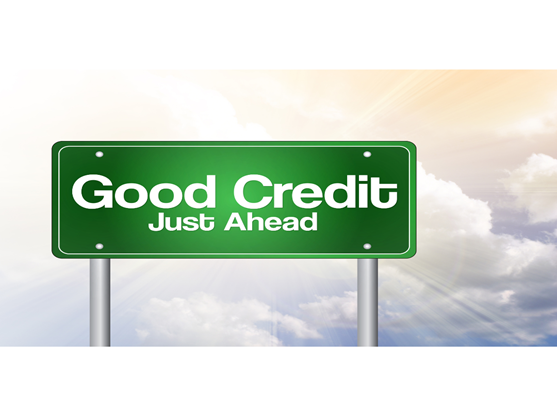
Good or beneficial debt refers to borrowing that can yield long-term advantages and contribute to an individual’s financial well-being. Unlike bad debt, which can create financial burdens and hinder progress, good debt is typically associated with investments or assets that appreciate over time. Examples of good debt include student loans, which enable individuals to acquire education and enhance their earning potential, ultimately leading to greater career opportunities and higher incomes. Another example is a mortgage, where borrowing to purchase a home can serve as an investment that builds equity and provides stability. Lower interest rates, manageable repayment terms, and the potential for long-term returns often characterize good debt. When used wisely and aligned with financial goals, good debt can create wealth, build assets, and improve one’s overall financial standing.
Bad Debt: Avoiding Financial Pitfalls
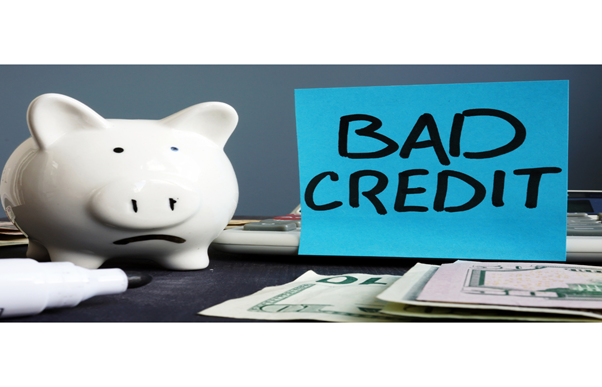
Bad debt, also known as harmful debt, is borrowing that carries significant risks and can negatively impact an individual’s financial well-being. Unlike good debt, which has the potential for long-term benefits, bad debt typically involves borrowing for non-essential or depreciating assets and often carries high interest. Bad debt includes credit card debt incurred for unnecessary purchases, where individuals accumulate balances they struggle to pay off due to high-interest charges. Similarly, taking out loans for extravagant vacations or luxury items can lead to financial strain and limited resources for essential needs. Bad debt can also arise from high-interest payday loans or loans with predatory terms, which can trap individuals in a cycle of debt and exacerbate financial difficulties. Managing and minimizing bad debt is crucial for maintaining financial stability and avoiding the burden of excessive interest payments and debt-related stress.
Difference between Good Debt and Bad Debt
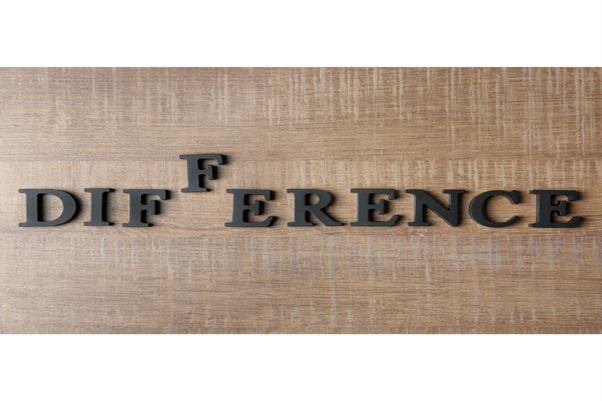
The fundamental difference between good and bad debt lies in their respective long-term impacts on an individual’s financial situation. Good debt is typically associated with borrowing that has the potential to generate positive returns or enhance one’s financial standing. It often involves investments in assets or education that appreciate over time, such as student loans or mortgages. Good debt offers lower interest rates and favourable repayment terms, contributing to long-term financial stability and wealth accumulation. On the other hand, bad debt is borrowing for non-essential or depreciating assets, often characterized by high-interest rates and unfavourable repayment terms. Examples include credit card debt incurred for unnecessary purchases or loans for extravagant vacations. Bad debt can lead to financial strain, limited resources for essential needs, and the accumulation of excessive interest charges. Distinguishing between good and bad debt is crucial for individuals to make informed financial decisions, prioritize responsible borrowing, and safeguard their overall economic well-being.
Evaluating Debt: Making Informed Financial Decisions

Evaluating debt is a critical step in making informed financial decisions. When considering debt, it is essential to carefully assess various factors to ensure it aligns with your financial goals and minimizes potential risks. One crucial aspect to evaluate is the purpose of the debt. Determine whether the borrowing will lead to a positive outcome, such as acquiring an asset or investing in education, which can generate long-term benefits. Additionally, understanding the interest rates and repayment terms is crucial. High-interest rates can significantly impact the overall cost of the debt, making it more burdensome to repay. It is important to compare different lending options and choose the most favourable terms. Evaluating the short-term and long-term implications of the debt is also essential. Consider how it will affect your monthly cash flow and overall financial stability. Finally, seeking professional advice from financial advisors can provide valuable insights and guidance in evaluating the potential risks and benefits of taking on debt. By thoroughly assessing debt, individuals can make informed decisions that connect with their financial objectives and help pave the way towards a healthier financial future.
Managing Debt: Strategies for Financial Success

When it comes to managing debt effectively, several key strategies can contribute to financial success:
- Develop a debt repayment plan: Create a structured plan to pay off your debts systematically. Prioritize high-interest debts while making minimum payments on others.
- Prioritize debts: Focus on paying off debts with higher interest rates first. This approach saves money on interest payments and accelerates overall debt reduction.
- Build an emergency fund: Establishing an emergency fund helps prevent further debt in case of unexpected expenses or financial emergencies.
- Budgeting and expense tracking: Create a realistic budget to effectively manage your income and expenses. Track your spending habits to identify areas where you can cut back and allocate more funds towards debt repayment.
- Negotiate with creditors: If you’re struggling to meet your debt obligations, contact your creditors to explore options such as refinancing, debt consolidation, or negotiating more favourable repayment terms.
- Seek professional assistance: Consult a financial advisor or credit counsellor who can provide expert guidance on debt management strategies tailored to your situation.
- Avoid incurring new debt: Minimize the temptation to accumulate more debt by practising discipline and making conscious spending decisions.
- Cultivate healthy financial habits: Focus on long-term economic sustainability by cultivating habits like saving, investing, and maintaining good credit.
Conclusion
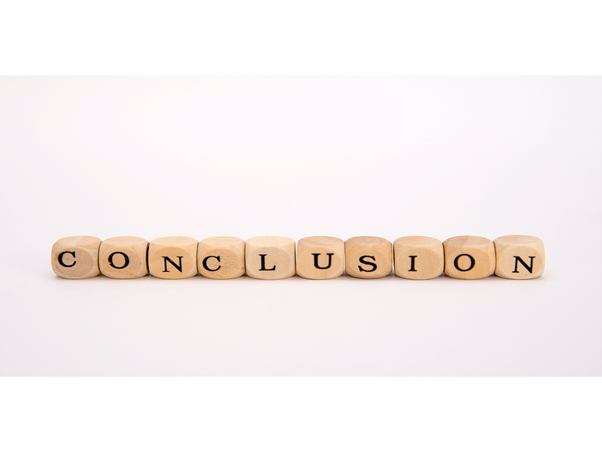
In conclusion, understanding the distinction between good and bad debt is essential for making sound financial decisions and achieving long-term economic well-being. Good debt involves borrowing that can lead to positive outcomes and improve one’s financial standing over time. Examples include student loans that invest in education, leading to increased earning potential, and mortgages that build equity in appreciating assets like a home. On the other hand, bad debt represents borrowing with detrimental consequences, often incurred for non-essential items or depreciating assets. Credit card debt used for unnecessary purchases and high-interest loans for luxury items or extravagant vacations falls into this category. Bad debt can lead to financial strain, high-interest payments, and limited resources for essential needs.
By evaluating debt wisely, individuals can make informed financial decisions. Factors to the purpose of borrowing, interest rates, repayment terms, and the short-term and long-term implications of the debt. Seeking professional advice from financial advisors can provide valuable insights and guidance in assessing the risks and benefits of borrowing. Developing a repayment plan, prioritizing obligations, and establishing an emergency fund is crucial to managing debt effectively. Budgeting, expense tracking, negotiating with creditors, and avoiding new debt are key strategies for successful debt management. Cultivating healthy financial habits and seeking continuous improvement in personal finance practices can contribute to long-term financial success.
Ultimately, distinguishing between good debt and bad debt empowers individuals to make informed choices, avoid unnecessary financial burdens, and work towards building a solid financial foundation that supports their goals and aspirations.
FAQs
What is the difference between good debt and bad debt?
Debt used to help build wealth or improve a person’s financial situation is considered good debt, financial obligations that are unaffordable or don’t offer long-term benefits might be regarded as bad debt.
What is an example of a good debt and a bad debt?
Low-interest debt will help you increase your income, or net worth is an example of good debt.
What are the characteristics of good and bad debt?
A rule about debt is that if it increases your net worth or has future value, then it’s good debt. If it does that and you don’t have the cash to pay for it, it’s good debt.
Which is called bad debts?
Bad debt is an amount of money that a creditor must write off if a borrower defaults on the loans.

